Utilising the cues in Mark Setchell's answer, I am able to generate a color wheel based image of given width and height.
Hue:-
hue = np.fromfunction(lambda i, j: (np.arctan2(i-img_height/2, img_width/2-j) + np.pi)*(180/np.pi)/2,
(img_height, img_width), dtype=np.float)

Saturation:-
saturation = np.ones((img_height, img_width)) * 255

Value:-
value = np.ones((img_height, img_width)) * 255

Below is a working code of the same:-
def make_color_wheel_image(img_width, img_height):
"""
Creates a color wheel based image of given width and height
Args:
img_width (int):
img_height (int):
Returns:
opencv image (numpy array): color wheel based image
"""
hue = np.fromfunction(lambda i, j: (np.arctan2(i-img_height/2, img_width/2-j) + np.pi)*(180/np.pi)/2,
(img_height, img_width), dtype=np.float)
saturation = np.ones((img_height, img_width)) * 255
value = np.ones((img_height, img_width)) * 255
hsl = np.dstack((hue, saturation, value))
color_map = cv2.cvtColor(np.array(hsl, dtype=np.uint8), cv2.COLOR_HSV2BGR)
return color_map
Resultant Image:








